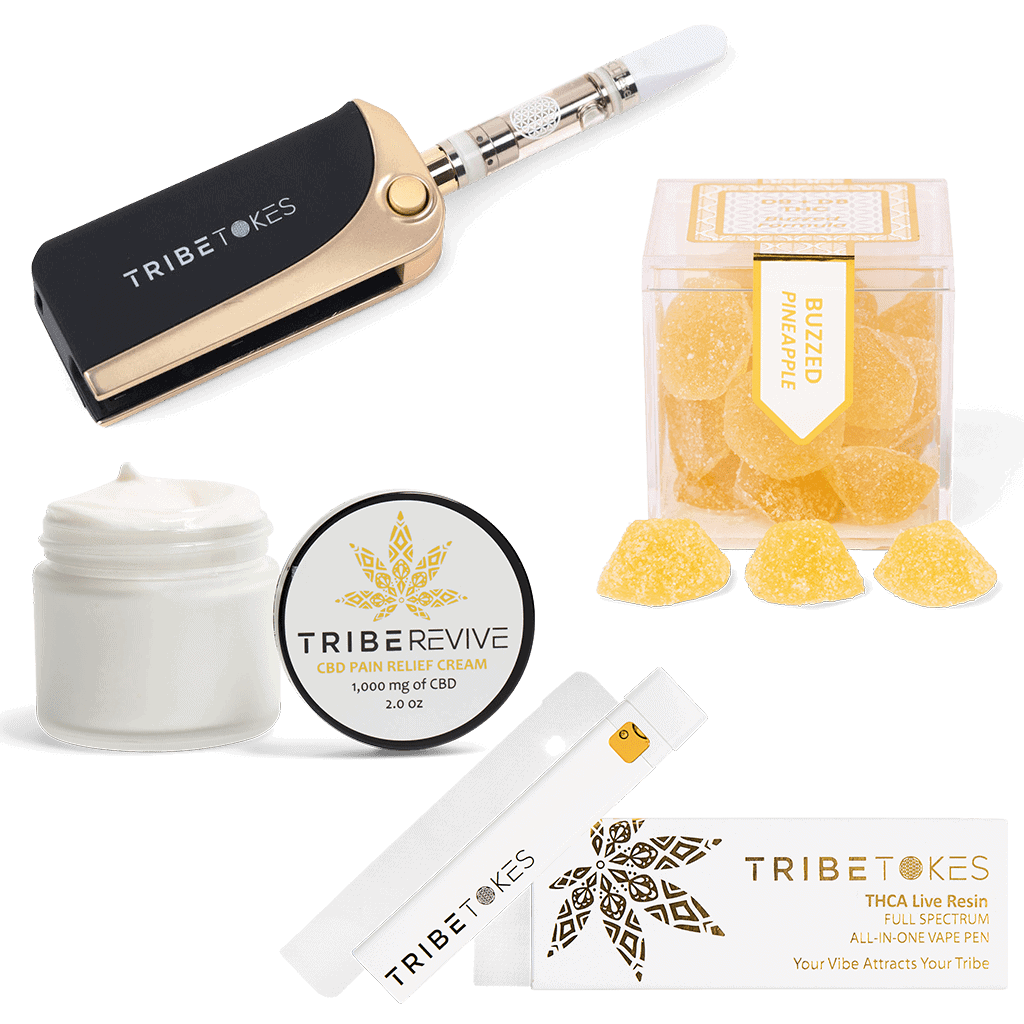Crafting a Business That Stands the Test of Time

Starting a business is like planting an oak— it demands care, patience, and a vision that stretches beyond the first season. Whether you’re launching a corner café or a digital venture, building something lasting blends grit with smart moves. This guide pulls from real stories and practical know-how, offering a roadmap to create a business that thrives amid challenges and grows with purpose. From laying the groundwork to weathering storms, here’s how to shape an enterprise that endures, rooted in today’s world and ready for tomorrow.
Spotting the Seed: Where Ideas Take Hold
Every venture begins with a flicker of insight. It might strike while fixing a leaky faucet or chatting with a neighbor about their struggles. Pause to listen—jot down needs you notice, like a demand for eco-friendly packaging or faster delivery. A mechanic in Leeds turned a customer’s complaint about wait times into a mobile repair service that doubled his income within a year.
Test the soil before diving in. Share your hunch with a few trusted souls—friends, family, or local shop owners—and watch their reactions. A baker sketched out a gluten-free line after her sister’s enthusiasm, later finding a steady market. Avoid chasing every trend; focus on what aligns with your skills and passions. A unique angle, like handmade goods in a mass-market world, sets you apart.
Keep it simple at first. A rough prototype or a single product can reveal if the idea holds water. The key is to start small, letting feedback shape the roots before the branches spread.
Laying the Foundation: A Structure That Holds
A solid base keeps you steady. Outline your mission—what problem you solve and who you serve. A florist defined her aim as bringing joy through local blooms, guiding every choice. Sketch a basic plan: target customers, initial offerings, and a timeline. This isn’t a novel—think of it as a map, not a cage.
Money sets the pace. Tally startup costs—tools, rent, marketing—and add a cushion for surprises. A tailor learned this when fabric prices jumped, nearly derailing her launch. Bootstrap where possible—use free software or trade skills with a graphic designer. Legal steps matter too; register your entity and check local rules, perhaps with a quick advisor chat to dodge pitfalls.
Flexibility beats rigidity. A café owner pivoted from dine-in to takeout during a slow season, saving her business. Build a foundation that adapts, not one that crumbles under change.
Gathering the Team: Hands to Build With
No business thrives solo. Start with one or two partners who bring different strengths—a numbers person to your creative streak, for instance. A duo in Manchester paired a chef with a marketer, launching a food truck that turned profit in six months.
Hire lean and smart. Seek versatile players—someone who can handle orders and greet customers outshines a specialist early on. Post on community boards or ask around; a personal tip led a shop owner to a stellar assistant. Offer equity or growth promises if cash is tight— a young entrepreneur lured talent with a stake in future gains.
Set a tone from day one. Hold quick huddles to align goals and air concerns. A tech startup in Berlin fostered openness, turning a small crew into a resilient unit that navigated early losses. The right team multiplies your effort.
Spreading the Word: Making Your Mark
Visibility fuels growth. You don’t need a big budget—clever tactics work. Share behind-the-scenes glimpses on social media, like prepping your first batch of goods. A jeweler posted crafting videos, gaining 800 followers in a month. Word of mouth is gold—offer a discount to early buyers and ask them to tell friends.
Partner locally. A bookstore swapped flyer space with a café, boosting both foot traffic. Attend markets or host a small event to showcase your work—a potter sold out her wares at a craft fair debut. Content builds trust too; write about your journey or share a how-to tied to your product. A furniture maker’s guide to upcycling drew clients before sales even began.
Consistency trumps perfection. Post regularly, even if it’s a quick update, to stay on people’s minds. A small winery’s weekly vineyard notes built a loyal base over time.
Managing the Flow: Keeping Cash Alive
Money keeps the heart beating. Track every dollar with a simple ledger or free app to see where it goes and comes from. A retailer caught overspending on ads, redirecting funds to stock and seeing sales rise. Price to cover costs and leave room for profit, but test the market—too high scares off buyers.
Seek small boosts. Crowdfunding let a designer fund her first collection, gauging demand too. Local grants or pitch contests can help—a young inventor won $3,000 by showing her sustainable toy idea. Negotiate with suppliers or barter services to stretch resources. A photographer traded shoots for office space, cutting rent costs.
Be prudent but bold. Reinvest early gains to strengthen your core, like better equipment. A baker upgraded her oven, tripling output. The aim is to balance thrift with growth, ensuring cash flows steadily.
Facing the Winds: Learning from Rough Patches
Setbacks are part of the tale. A product launch might stall, or a supplier might fail. Treat these as lessons, not endings. When a clothing line flopped, the designer surveyed buyers, tweaking designs to rebound with stronger sales.
Stay nimble. If a strategy falters, shift—try a new audience or adjust your offer. Keep customers in the loop; honesty about delays built loyalty for a candle maker. Track what works—sales spikes or positive feedback—and lean into that. A coffee roaster doubled down on a popular blend, stabilizing revenue.
Resilience comes from routine. Set small targets—secure five clients, launch a feature—and mark wins to stay motivated. A printer celebrated each new contract with a team toast, turning tough days into a shared victory.
Growing Wisely: Expanding Without Breaking
Success brings new tests. As orders grow, resist overreaching—add staff or locations slowly. A bakery opened a second shop only after the first ran smoothly for a year. Reinvest profits to shore up basics, like better packaging. A soap maker upgraded materials, keeping quality high.
Systems ease the load. Automate tasks—order tracking or emails—with affordable tools. Delegate to your crew, trusting them with more as you focus on vision. A retailer used a chatbot for inquiries, freeing time for strategy. Keep your original goal alive—a tech firm rejected a risky deal to stay true to its mission, preserving trust.
Balance ambition with care. Steady steps often outlast a quick leap, building a business that lasts.
Looking Forward: A Legacy That Endures
Stay curious—read trade news, attend workshops, or connect with peers. A mentor’s advice helped a retailer navigate a supply chain snag. Build ties with those who’ve walked the path; their insights guide you through fog.
Plan for evolution. Add services or update products as needs shift—a tailor began alterations, widening her reach. Patience and purpose blend here; a slow build often outshines a flash in the pan.
Your business can mean more than profit—jobs created, communities lifted. A café owner hired locals, weaving her shop into the town’s fabric. Start with vision, grow with intention, and let your enterprise leave a mark that echoes.


